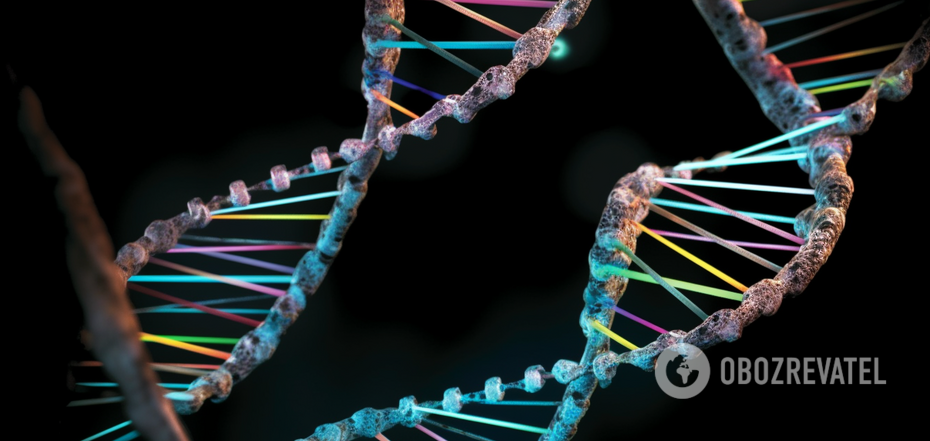Life
Geneticists have decoded the last missing part of the human genome for the first time
Geneticists have succeeded in assembling the complete sequence of the Y chromosome for the first time. It is one of the smallest of the 46 chromosomes in the human genome, which makes up just 2% of the total DNA in a human cell. As the bases of the Y chromosome repeat infinitely, it is one of the most difficult chromosomes for genetic sequence.
This is according to research published in Nature. Popular Science shared details.
After the discovery of the Y-chromosome in 1905, it took biologists more than 100 years to build a complete picture of its structure. The first human genome was completed in April 2003 but left behind some unknown gaps, including sections of the Y chromosome.
At first, scientists thought that this chromosome was just a genetic void that was only useful for creating sperm cells.
However, a new study has shown that this is not the case at all. It turns out that the loss of the Y chromosome in older men, for example, is associated with an increased risk of cancer and other chronic diseases.
In addition, its genes are involved in many biological processes in one way or another.
The chromosome's repeatability has made its reconstruction a challenge, as it has more than a million base pairs lined up in long repetitive sequences that read as palindromes.
All chromosomes have some repeats in their genes, but the Y chromosome has an unusually large number. Collecting them used to be a time-consuming and expensive process.
Now, thanks to advances in technology, the international Telomere-to-Telomere (T2T) consortium has added data on more than 30 million new base pairs and identified 41 new protein-coding genes. It was able to establish that this chromosome also influences reproduction, evolution and even the human gut microbiome.
"The complete sequence of the Y chromosome has opened many doors for the scientific community. We expect to have surprises, just as we were once in the past when we thought it was full of unnecessary material," said Chris Lau, a professor of medicine at the University of California, San Francisco, who studies the human Y chromosome but was not involved in this research.
According to Karen Migi, deputy director of the Genomics Institute at the University of California, Santa Cruz, and co-director of the T2T Consortium, the Y chromosome has a unique organization of DNA sequences that is not seen in other chromosomes.
The scientist believes that new biological data is needed to unravel the evolutionary mystery of this organization and how parts of the chromosome correspond to human functions.
The Y chromosome contains many genes that regulate sperm production. Some of these newly discovered repetitive genomic regions also play a role in this process, according to Migi.
"Understanding the differences that may exist between individuals can help us understand things like infertility and how this process is inherited over time," she said.
Sequencing of the Y chromosome also revealed 41 new protein-coding genes, 38 of which were extra copies of a family of genes called TSPY, which are thought to be involved in sperm production. They can be responsible for the development of male sex characteristics, but more research is needed to determine their exact role.
The new DNA sequences may further help researchers understand how human evolution occurred.
Geneticists believe that further analysis of the Y chromosome is also likely to clarify its importance in human health and disease.
Earlier OBOZREVATEL also spoke about the history of the world's first DNA photo, as well as its author.
Subscribe to OBOZREVATEL channels on Telegram and Viber to keep up with the latest news.



























